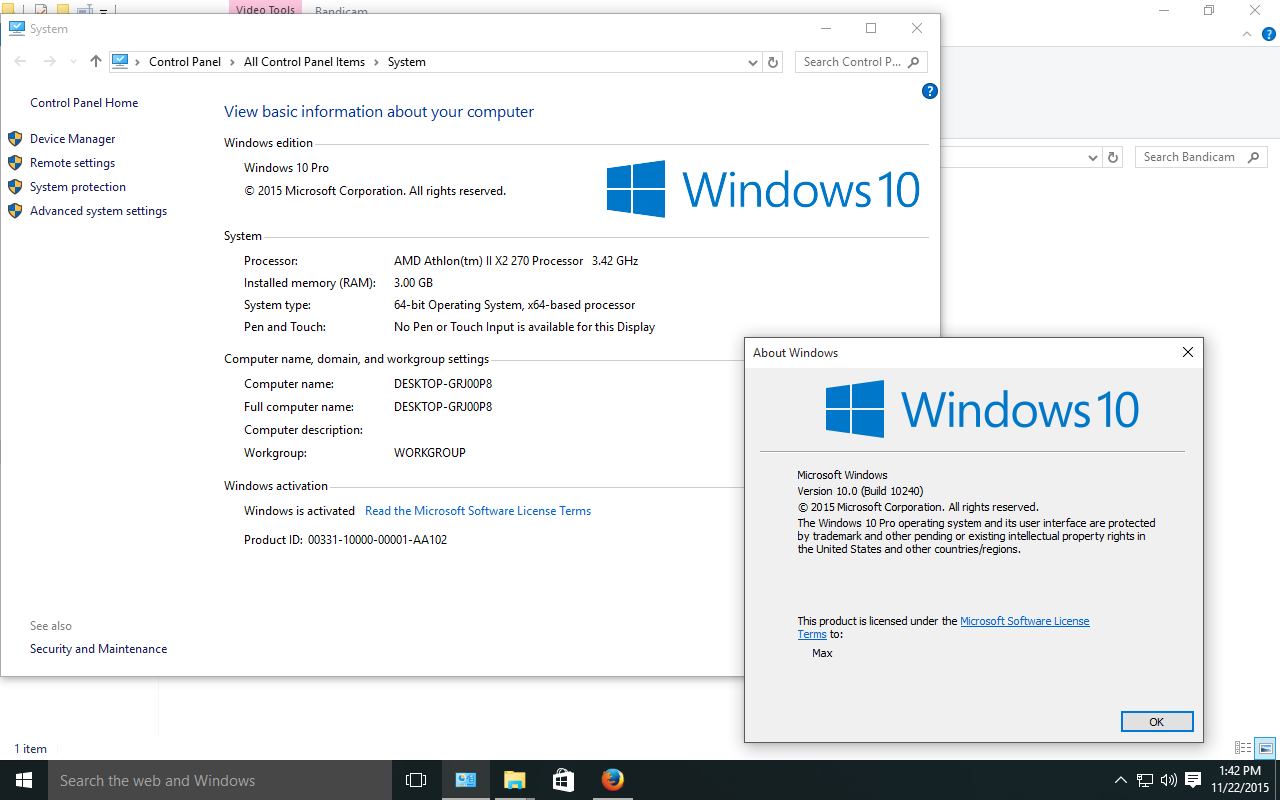


- Cytomic the glue plugin free how to#
- Cytomic the glue plugin free serial number#
- Cytomic the glue plugin free Pc#
- Cytomic the glue plugin free plus#
- Cytomic the glue plugin free series#
As I mentioned earlier I just use whatever sounds good and boy does this compressor sound good to me. I’ve heard good reports on The Glue, but frankly it’s not that important to me whether this emulation is spot on or not. I personally do not have any experience with the SSL 4000 hardware so I can’t make any comparison.
Cytomic the glue plugin free Pc#
So what do I think?įormat: Effect plug-in for PC and Mac (VST2.4/AU/RTAS) I was going to post some audio clips but decided against it since the demos on Cytomic website do a terrific job showcasing The Glue.
Cytomic the glue plugin free plus#
It uses a slow release time for a base compression value, plus a fast one for transients. Setting this control to “Auto” is a handy way to compress a wide range of material in a gentle way. Release, determines how fast the compressor goes back to the original volume.For example, the gain reduction with ratio 4 would be -7.5dB per 10dB over the threshold 75% of 10dB. Ratio 2 (50%) has a soft knee shape, 4 (75%) a medium one, and 10 (90%) a sharp knee. Ratio, the amount of compression applied.The Glue includes a super fast 0.01mS attack mode which is useful for limiting. Attack, the speed at which the compression kicks in.There’s no auto-makeup so you will need to adjust this yourself. Makeup, applies gain to the main compression amplifier to make up for the reduced signal level caused by the compression.This is not available on the original circuit. Range, an additional parameter that allows more natural sounding results by limiting the depth of the compression.Threshold, determines at what dB compression kicks in.There are only a few controls on The Glue so let me briefly explain what they do.
Cytomic the glue plugin free series#
The Glue models a design that is somewhere between an E and G series buss compressor of the classic 80’s British big console buss compressor mentioned earlier in the list of features - the SSL 4000. Similar to Synth Squad, The Glue is a physics-based circuit simulation using the same values of components like resistors, capacitors, diodes, etc., and a matching circuit structure in order for the model to sound identical to the hardware.
Cytomic the glue plugin free serial number#
Serial number copy protection with generous license agreement.DSP coded using C++ and assembler, Interface coded using the Juce framework (C++).Peak Clip to optionally hard limit transients.Range knob to naturally control the maximum compression applied.Ultra-fast attack time of up to 0.01 mS.Accurate analog model of classic 80’s British big console buss compressor.With The Glue Andrew basically did a complete re-write of the compressor algorithm he previously developed with FXpansion, improving and adding a bunch of things in the process. Working as the head DSP developer of FXpansion, he was responsible for doing the algorithms for the excellent D-CAM Synth Squad, and the effects for both Guru and BFD2. Cytomic might not ring a bell, but Andrew is not exactly new to the scene. One of those developers is Cytomic founder Andrew Simper.
Cytomic the glue plugin free how to#
Luckily there are some great developers out there who know how to create compressor plug-ins that sound great straight out of the box, with minimal effort on the user’s part. I have a fairly simple approach when it comes to dynamics processing: I use whatever sounds good. My tools include lots of free plug-ins like Variety Of Sound’s Density mkII and NastyVCS, and commercial ones such as FabFilter’s Pro-C - currently my favorite slap it on anything to make it sound good compressor. If you are looking for a review that goes into these kind of technical details you are in the wrong place.įor those who don’t know me, making music is my hobby, not my profession. In my experience compressors (both hardware and software) are often the subject of heated discussions about analog versus digital, sound coloring and transparency, harmonics, transients, etc. There are many applications for compression, from subtly fixing dynamics to creating wild effects.


 0 kommentar(er)
0 kommentar(er)
